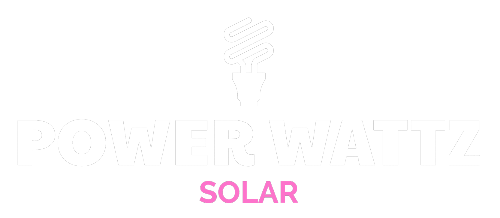
The residential solar market experienced significant growth over the last decade, with many countries witnessing a rise in installations on rooftops. Between 2020 and 2023, the industry enjoyed rapid expansion, often growing by more than 30 percent each year. However, in 2024, the market slowed down. The number of new residential solar systems installed dropped in several regions. Companies that had expanded quickly faced financial difficulties. Some businesses declared bankruptcy, while others had to lay off workers. Investors became cautious, and some companies required capital injections to stay afloat. This downturn raised concerns about the future of residential solar and whether it could still play a meaningful role in reducing carbon emissions and achieving climate goals.
Despite these challenges, residential solar remains an important and valuable part of the clean energy transition. There are several reasons for optimism about its future. The first is that rooftop solar still makes economic sense for many homeowners. In many places, the cost of generating electricity from solar panels is cheaper over time than buying power from the grid. This is especially true in areas where electricity prices are rising. For example, in the United States, electricity rates have increased by about five percent in the past year, with some states like California, Colorado, and New York seeing even higher increases. In Europe, solar system prices have come down from their peak levels in 2022 and 2023, making installations more affordable again. This helps keep payback periods within eight to ten years, which tends to encourage more homeowners to adopt solar technology.
Another positive factor is the growing interest in combining solar panels with battery storage systems. Home batteries allow homeowners to store excess solar energy during the day and use it at night or during power outages. Batteries also help households avoid buying expensive grid power during peak evening hours. As battery technology improves and prices continue to decline, the value proposition of combining rooftop solar with storage becomes even stronger. This combination can give homeowners more control over their energy use, reduce their dependence on utility companies, and improve resilience during blackouts.
Cost reductions are another reason why residential solar is expected to remain competitive. Over the past ten years, much of the decline in solar system prices came from cheaper hardware, including panels and inverters. While these costs will likely continue to fall, there is also potential for additional savings through improved business operations. Many solar companies rushed to expand during the boom years and may not have focused on efficiency. Now, there is room to lower costs by streamlining installation processes, making sales teams more productive, and adopting digital tools and artificial intelligence (AI) to handle tasks more efficiently. For example, AI can help with designing solar systems, managing schedules, and engaging with customers, all of which can lead to lower customer acquisition costs.
Customer interest in rooftop solar has never been higher. In surveys, a large majority of people express interest in installing solar panels on their homes. In the United Kingdom, almost 60 percent of respondents without a solar system said they would likely consider installing one in the next few years. In the United States, a recent survey found that 90 percent of people who already have solar are satisfied with their systems and more than 80 percent would recommend them to others. This suggests that even if the industry is currently experiencing a slowdown, long-term demand is likely to remain strong.
Experts predict that residential solar will stabilize between 2026 and 2030, with global installations reaching about 35 gigawatts per year. This is higher than the levels seen in 2022 and could put the industry back on a steady growth path. As countries increase their commitments to reducing carbon emissions, there may also be new incentives to support rooftop solar adoption, similar to programs like Solar for All in the United States or REPowerEU in Europe.
For companies in the residential solar market, the next few years will be about adapting to slower but steadier growth. Success will depend on several factors, including reducing customer acquisition costs, integrating digital tools, managing their workforce effectively, and offering bundled products that combine solar with batteries, heat pumps, and electric vehicle chargers. Companies that can make these changes will be well-positioned to capture the next phase of growth in residential solar. Although the market may be down today, its future remains bright.
Related
Source link




